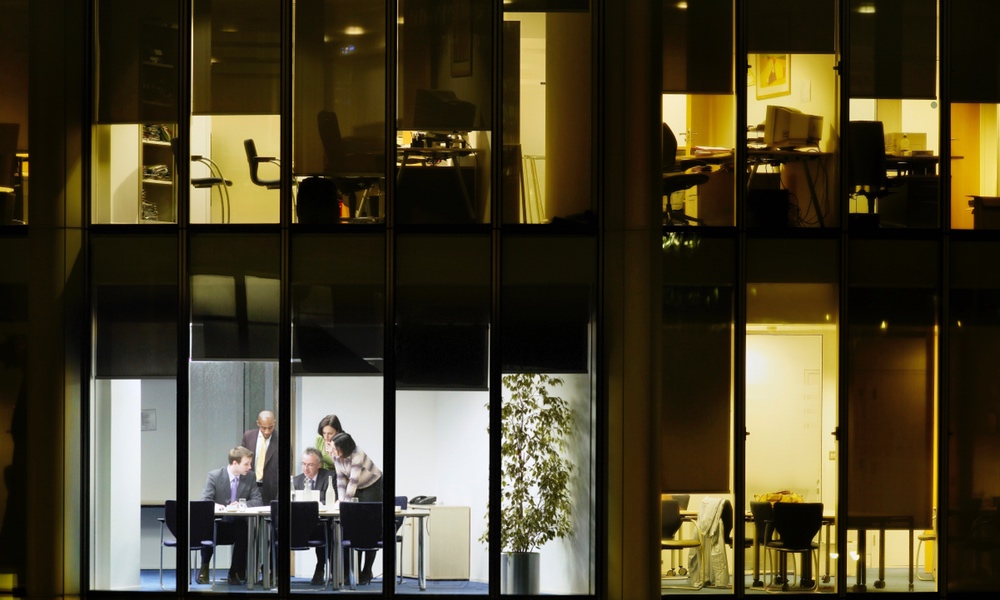Women living in cities and other neighborhoods that are brightly lit at night may be at higher risk for breast cancer than women who live in areas that are largely dark at night. Women working night shifts appear to be particularly at risk.
Using data from about 110,000 women who were part of the Nurses’ Health Study II between 1989 and 2013, researchers at the Harvard T. H. Chan School of Public Health were able to link nighttime satellite images of the planet with the home address of each woman in the study. They found there was an increased risk of breast cancer in women exposed to more light at night, even when health and socioeconomic factors were factored in.
Women exposed to the highest levels of artificial lighting at night had an approximate 14 percent increase in the risk of breast cancer compared to women with the least exposure. As levels of outdoor light at night increased, so did breast cancer rates.The association was even stronger among women who worked the night shift, such as police officers, nurses or factory workers.
The study adds to the evidence from previous research that excessive exposure to electric lighting at night raises the risk of breast cancer in women. It may be that a disruption of the circadian rhythm is behind the connection. This could explain why rates are higher among those who work the night shift, but more research is needed before the findings are fully understood.
Breast cancer is the second-most common cancer among women, after skin cancer. Being female and getting older are the top risk factors, but genetics, hormones, obesity, diet and alcohol consumption, also affect your chances. And now, it appears, so may disruptions to your body's clock.
The study is published in Environmental Health Perspectives.





